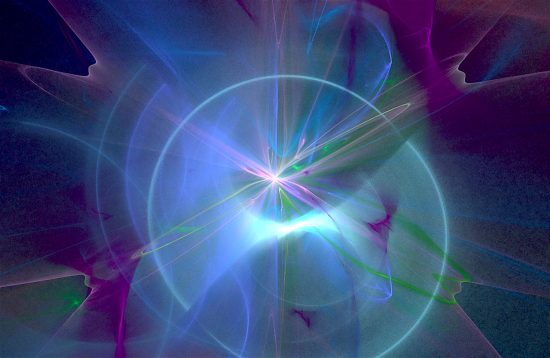Aug 22, 2016
Space structures exhibit electromagnetic behavior.
“In order to understand the phenomena in a certain plasma region, it is necessary to map not only the magnetic but also the electric field and the electric currents. Space is filled with a network of currents which transfer energy and momentum over large or very large distances. The currents often pinch to filamentary or surface currents. The latter are likely to give space, as also interstellar and intergalactic space, a cellular structure.”
— Hannes Olof Gösta Alfvén
In an Electric Universe, every celestial body is charged with electricity and exists within a plasma environment. Spacecraft sent to other planets, as well as satellites orbiting Earth, see aurorae, lightning bolts, tornadoes, and jets of material. Volcanoes on Earth “spit lightning” out of their craters. Dust storms on Mars are fed by gigantic funnels that rise for thousands of meters. Comets, Saturn’s rings, fountains of charged particles erupting from Jupiter’s moon Io, and many other examples of electrical activity are found farther out in our local neighborhood.
Recently, scientists from Baylor University discussed the characteristics of “dusty plasma” in space, as well as in the laboratory. Their conclusions and observations are typical of modern ideas about the behavior of matter in the plasma state.
For instance, meteors are heated by friction in the upper atmosphere, causing them to flare and sometimes explode. Although there is too little atmospheric density at altitudes of 200 kilometers for friction to occur, no other explanation is available. Comets are composed of ice and dust, so their comas are “pushed” by solar wind ions, which forms the tail. Planetary nebulae “soak up” electrons. Most viewpoints from the consensus community are mechanical and kinetic in nature.
When plasma moves through a dusty gas, it ionizes the material, initiating an electric current. More than a century ago, Michael Faraday proved that when electricity flows through any substance a magnetic field will form. One aspect of magnetic fields in plasma is that they generate filaments: the field surrounds plasma, confining it into coherent strands known as Birkeland currents.
There is an immense barrage of ions blasting out of the Sun that does not dissipate because of those filamentary structures. The Sun’s electric charge flows through the Solar System in Birkeland currents that stretch out for billions of kilometers.
The Electric Star theory postulates that electric discharges in plasma clouds create double layers along their current axes. An electric field develops between areas of opposite charge. Electric charge flows along the sheaths and if enough current is applied they glow. The currents spiral into filaments that attract each other, but rather than merging they twist around, gradually pinching down into arc mode discharges. It is in this way that stars are born.
Galactic evolution might also be the result of large-scale plasma discharges that form wheels of coherent filaments. Why stars in galaxies tend to form long arcs is a puzzle that conventional astrophysicists have yet to address. No gravity-only hypothesis can adequately resolve the issue of star formation. The configuration of barred spirals and elliptical whirlpools that congregate in million-light-year clusters continues to elude conventional explanations.
As Electric Sky author, retired Professor of Electrical Engineering Dr. Donald Scott wrote:
“In a laboratory plasma, of course, things happen much more quickly than on, say, galaxy scales, but the phenomena are identical—they obey the same laws of physics. In other words we can make accurate models of cosmic scale plasma behavior in the lab, and generate effects that mimic those observed in space.”
Astronomers maintain that galaxies are clouds of hydrogen gas and intergalactic dust that were assembled by gravity until they coalesced into swarms of glowing thermonuclear fires. The Electric Universe theory is opposed to the idea of galaxies condensed from cold, inert hydrogen.
Hannes Alfvén said that galaxies are much like one of Michael Faraday’s inventions, the homopolar motor. A homopolar motor is driven by magnetic fields induced in a circular conducting plate. The plate is mounted between the poles of an electromagnet, causing it to spin at a rate proportional to the input current. Galaxies most likely spin due to the same effect: electromagnetic energy flowing into them.
Galaxies move within an electric circuit that connects the Universe from beginning to end. Primal electric forces are orders of magnitude greater than gravity. Birkeland currents attract one another in a linear relationship that can be up to thirty-nine orders of magnitude more powerful. That means they are the strongest long-range attractors in the Universe. Electric charge flowing through dusty plasma sustains the magnetic fields detected in stars and galaxies.
Stephen Smith













